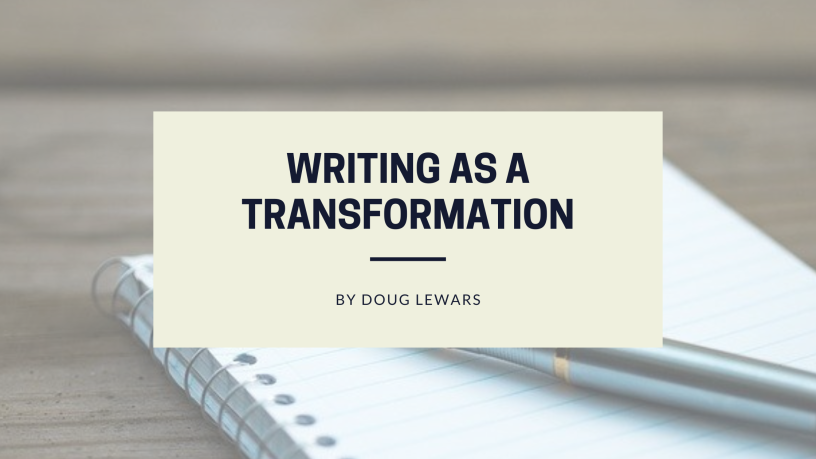In Cinderella, a fairy godmother transforms a pumpkin into a coach and mice into horses. (History fails to record the opinion of the mice so transformed.) Almost all stories involve transformations of some sort. In some cases it’s a character arc, in others, the movement of plot from one state to another – frequently both. The key is change, usually, and hopefully for the better but not always.
In mathematics, transformations consist of four operations, translation, rotation, reflection, and dilation. These terms can also be applied to some extent to literature.
Translation signifies a movement from one plat to another. It is external such as a setting change. The character, although not affected directly is subject to a new set of stimuli and forced to react accordingly. Being in new places and interacting with different characters will have some effect on your character. It may be minor. It may be subtle, but it will be one part of your overall arc on which further changes may be built. Translations need not be purely geographical.
Shifts in time constitute an external transformation from which new insights may be derived. Likewise state changes are also possible. Consider an example from War and Peace. The book starts out in the fashionable salons of Saint Petersburg where a number of characters are introduced among them Prince Andrei. He is disillusioned with the social life feeling it is superficial and devoid of meaning. Instead he imagines the call to arms will bring meaning and goes in quest of glory and greatness in the army.
Move ahead and we find him lying on the battlefield, wounded, more dead than alive, looking up at the blue sky and thinking all his ideas of military prowess don’t account for anything. He has been translated from luxury to the austerity of the battlefield, from good health to serious injury.
These changes are entirely external but from them he undergoes a radical change in perception. From thinking of leaders such as Napoleon as great and noble men, he sees them as largely insignificant. Physically his state has altered and this, in turn, affects his thinking and character.
[Want a second pair of eyes? Check out our proofreading service.]
Rotation suggests turning around. Often authors effect this by means of flashbacks. Characters stop and reassess their present in terms of the past. They review thoughts or incidents from distant or recent past and look at them with a fresh set of eyes.
They may look back with pride, embarrassment, anger or some other emotion but it is this turning about, viewing what has gone before, which forces them to reassess their current situation and look at the present differently. Generally, by looking around, a character gains insight, thereby enabling him or her to move forward in a somewhat different manner.
Reflection is simply that. The character looks into a mirror. It may be a physical looking glass but often he sees himself reflected in someone else’s actions. In simplest terms, the individual is forced to look at himself, see his virtues and flaws and come to understand exactly who and what he is. Very often, the direction of the gaze is inward, to the deepest recesses of his psyche. Understanding and enlightenment may occur. Ultimately change takes place.
Finally there is dilation. Although suggesting a decrease in size, the term in mathematics refers to both decrease and increase. In terms of literature, an individual may expand, grow, and become something more than he was.
On the other hand, there are cases where characters sink into themselves almost to the point of vanishing. In such cases they have usually faced something so overwhelming they are unable to surmount the obstacle be it physical or psychological and contract within themselves.
This is something authors sometimes forget. Most writers want their characters to grow and overcome, but occasionally this just isn’t realistic and failure should be considered. Authors shouldn’t run away from it but face it head on and let the narrative continue as it will.
Just as characters transform, for better or worse, so do authors. The process of translating a story from a concept to a narrative on a page makes one consider both plot and character issues. Invariable some small part of an author will become a part of one’s character.
Often it isn’t a large part, but it is remarkably difficult to anyone to write a true polar opposite of him or herself and make it more than a two-dimensional image. Thus at the end of a story, while one or more characters have likely altered in possibly major ways, the author will not be quite the same individual who sat down with a concept and likely an outline at the outset.
Growing and changing is what many of our characters do and we should delight they share some of their transformation with us.
Doug Lewars is not necessarily over the hill but he’s certainly approaching the summit. He enjoys writing, reading, fishing and sweets of all sorts. He has published sixteen books on Smashwords.com.


Nicely written.
LikeLike